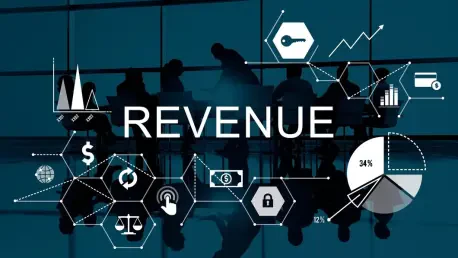
In a landscape where digital innovation is reshaping customer engagement, Eagle Eye, a trailblazing Software-as-a-Service (SaaS) and Artificial Intelligence (AI) technology company, has hit a significant milestone by surpassing $10 million in revenue across the Asia-Pacific (APAC) region.

The Week When Every Minute Costs Millions—and One Misstep Loses a Customer In peak week, ecommerce leaders described a minute as both a profit engine and a trap, because when online spend surges to roughly $15.8 million per minute, a single stumble can push 32% of shoppers to switch brands without

Imagine a B2B landscape where losing a single client doesn’t just dent revenue but wipes out years of potential growth, while retaining an existing customer can be up to 25 times less costly than acquiring a new one. In today’s cutthroat market, customer loyalty stands as a critical pillar for

Boardrooms are demanding real ROI from AI while customers judge every automated reply as proof of intent, and the difference between a disciplined operating model and a feature binge has started to decide whether AI scales value or spreads dysfunction. The promise is seductive: agentic AI that not

Setting the stage for a crowded reality Back-to-back meetings look like momentum, but leaders across sales, enablement, and customer success describe a quieter truth: chronic overbooking steadily signals disrespect, erodes credibility, and drains revenue even when intentions are good and activity

Zainab Hussain is a seasoned e-commerce strategist who has spent years closing the gap between frontline realities and back‑office expertise. Her work centers on simplifying complex operations, elevating customer engagement, and building workflows that feel intuitive in motion. Fresh off a Gold win